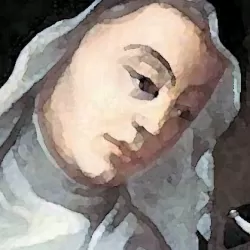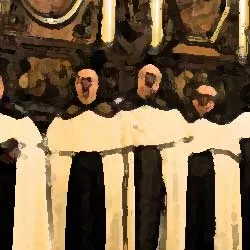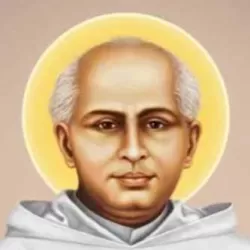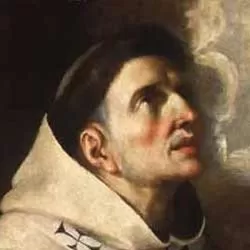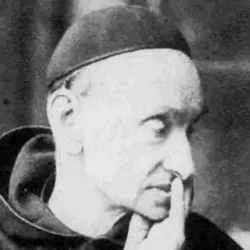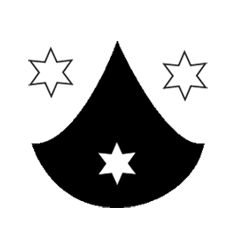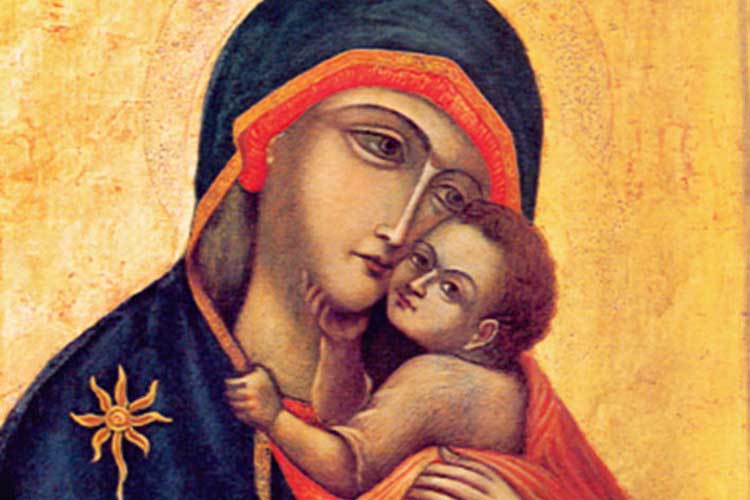Bl. Jacques Retouret
Priest and Martyr | August 26
Bl. Jacques Retouret was born at Limoges in France on 15th September 1746 to a merchant family. He was a serious young man, a lover of books and greatly gifted. At fifteen years of age, he entered the Carmelite house in his native city. After ordination, his zeal and learning were widely admired and large crowds of people were attracted by his way of preaching.
The French Revolution did not spare him. Like the majority of his fellow clergy, Jacques refused to accept the civil law, unilaterally introduced by the state. He was arrested and condemned, together with many other priests and religious, and sentenced to exile in French Guinea in South America. Jacques died at Madame Isle on 26th August 1794 at the age of 48 years. He was beatified, together with 63 other priests and religious, as martyrs for the faith, on 1st October 1995 by Pope John Paul II.


